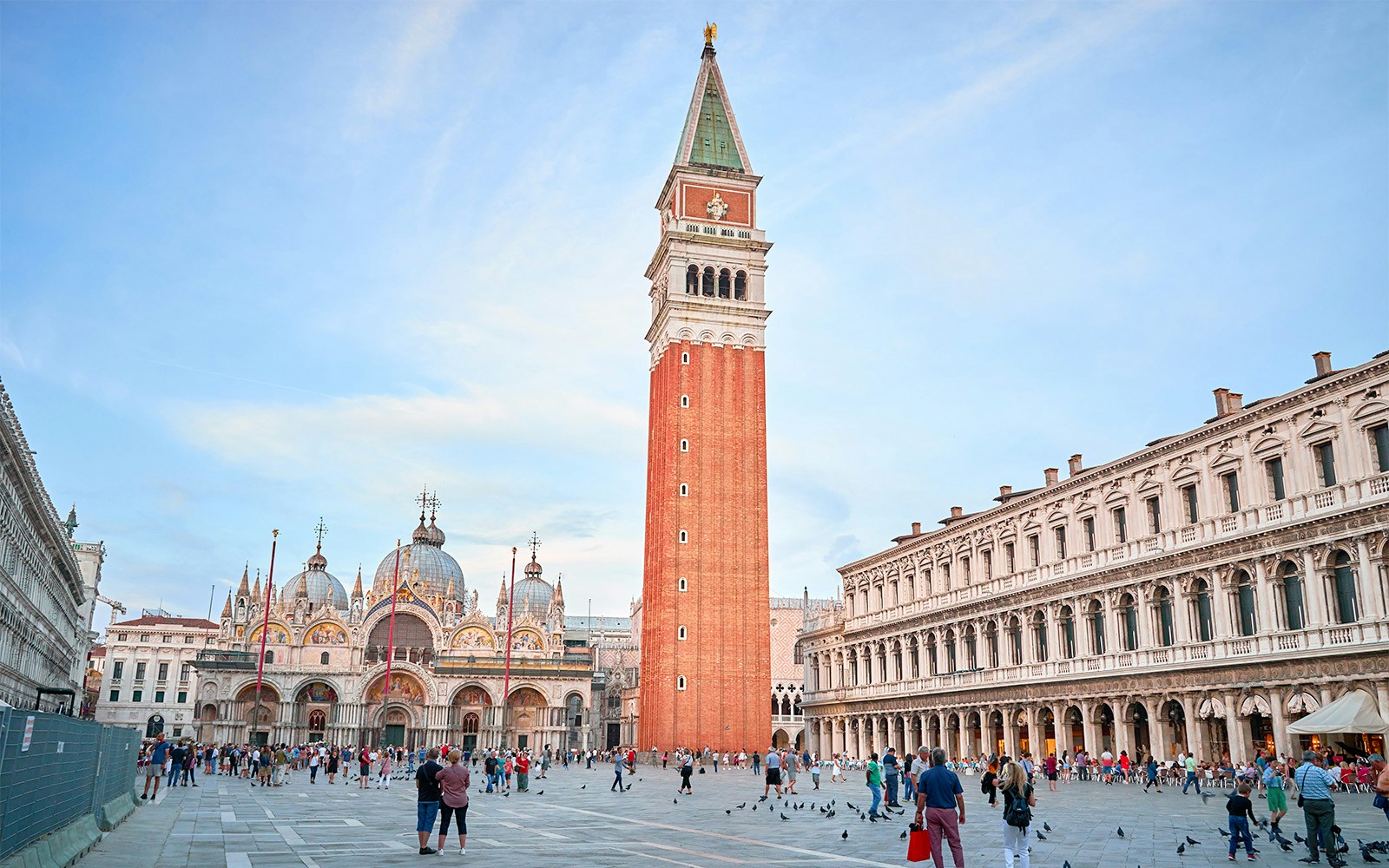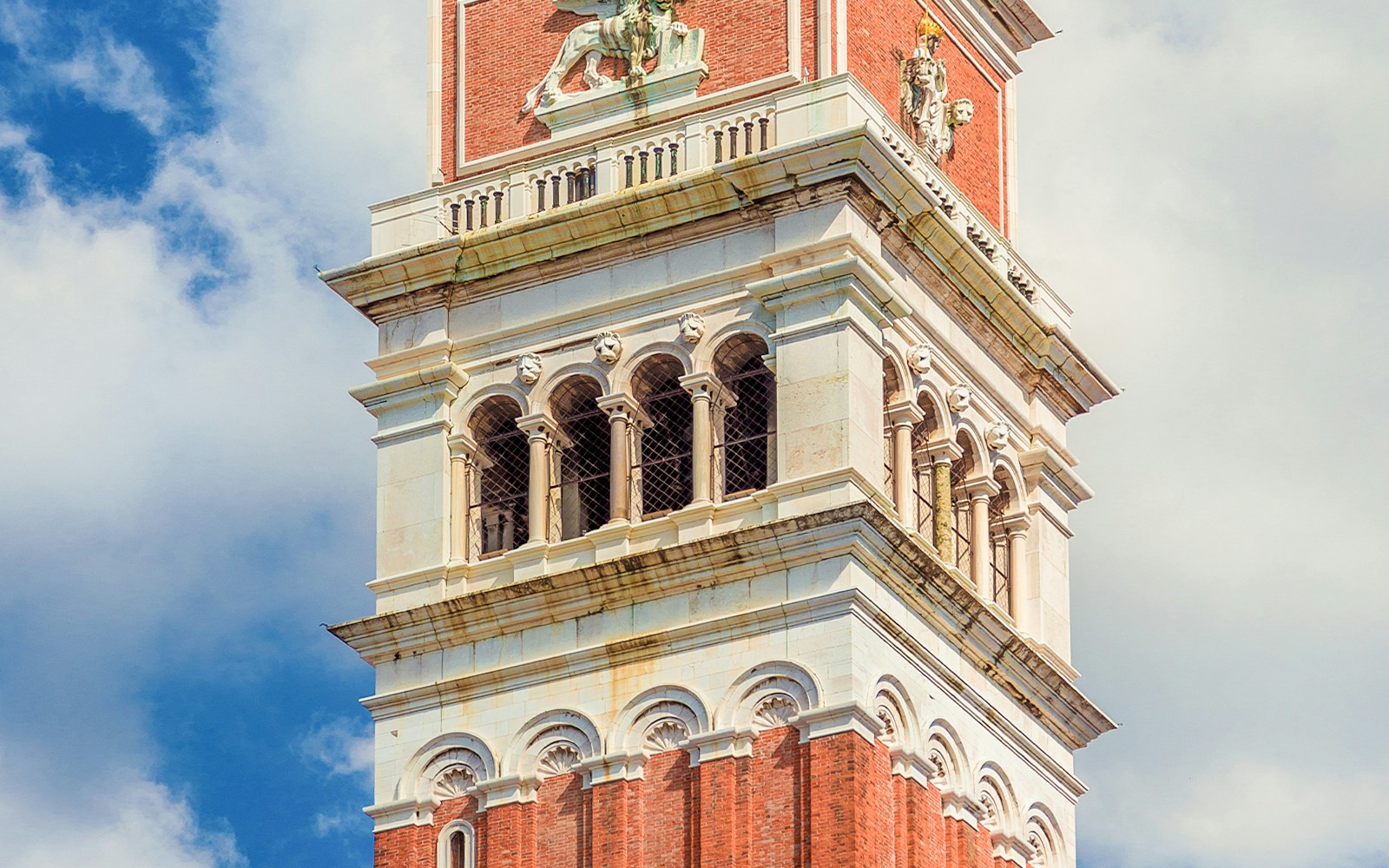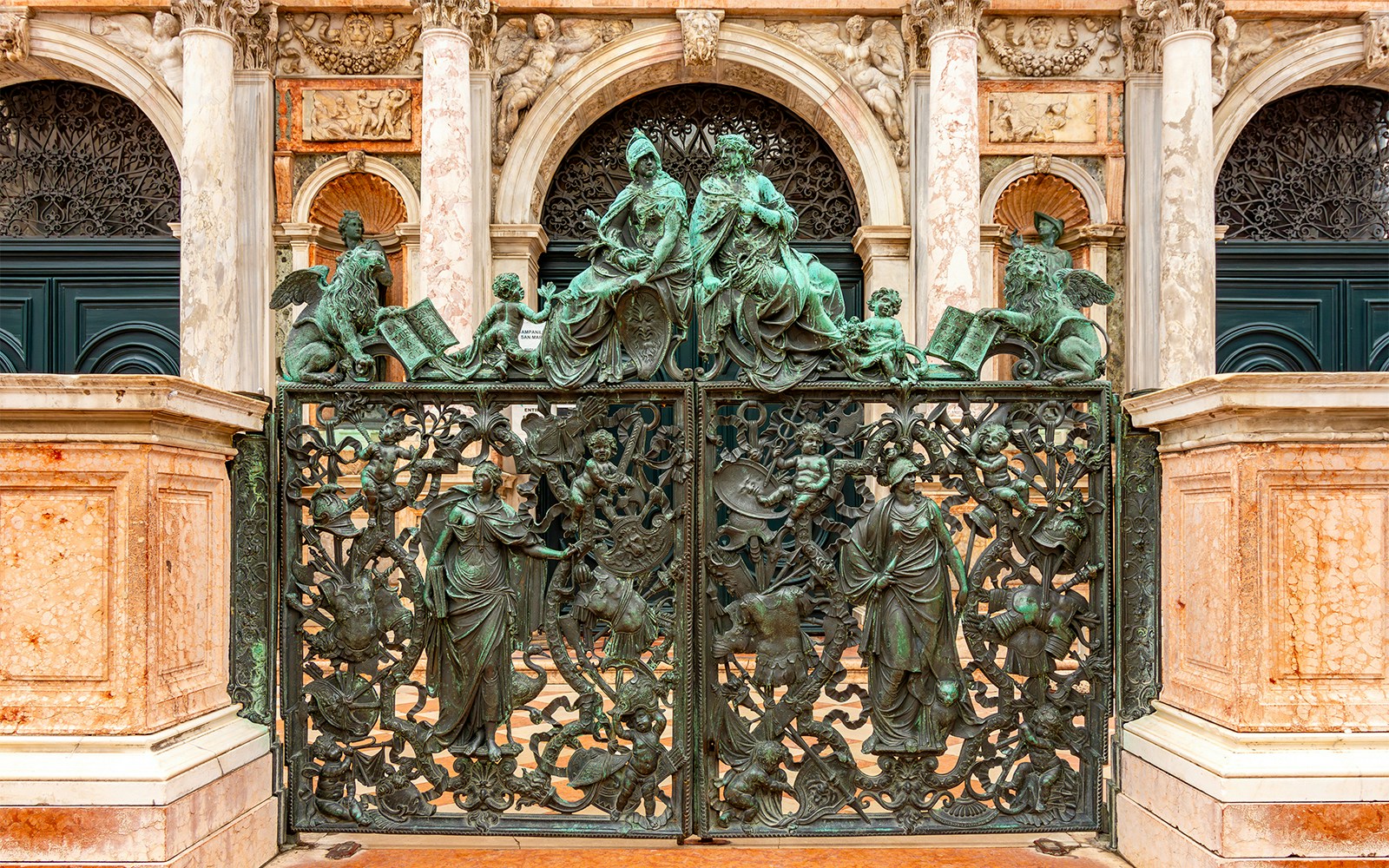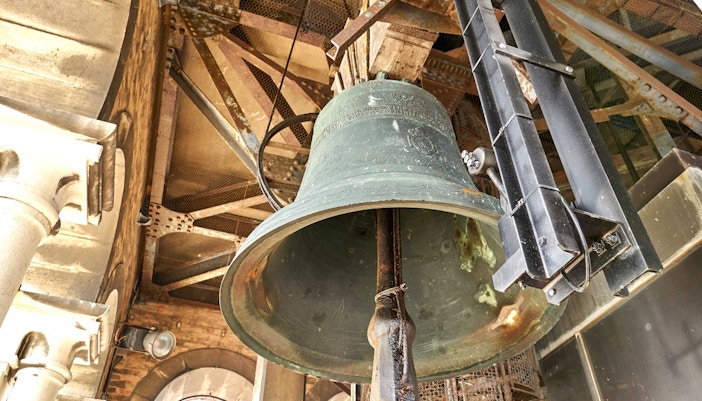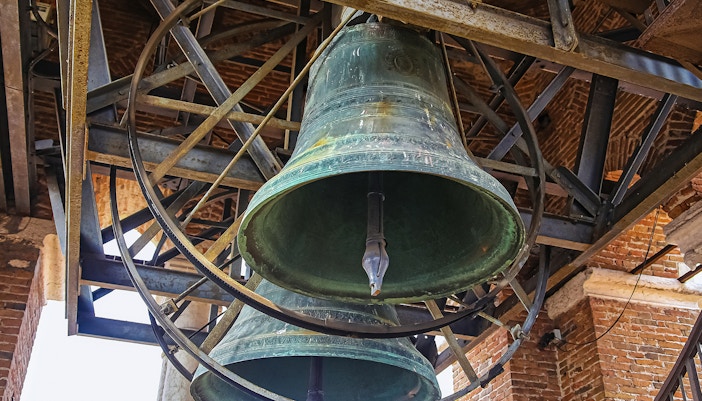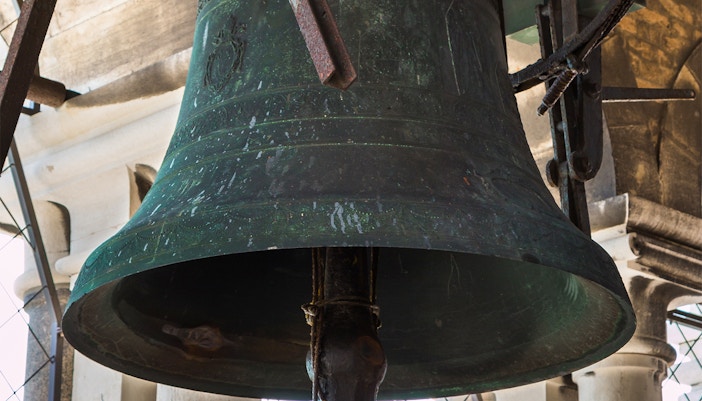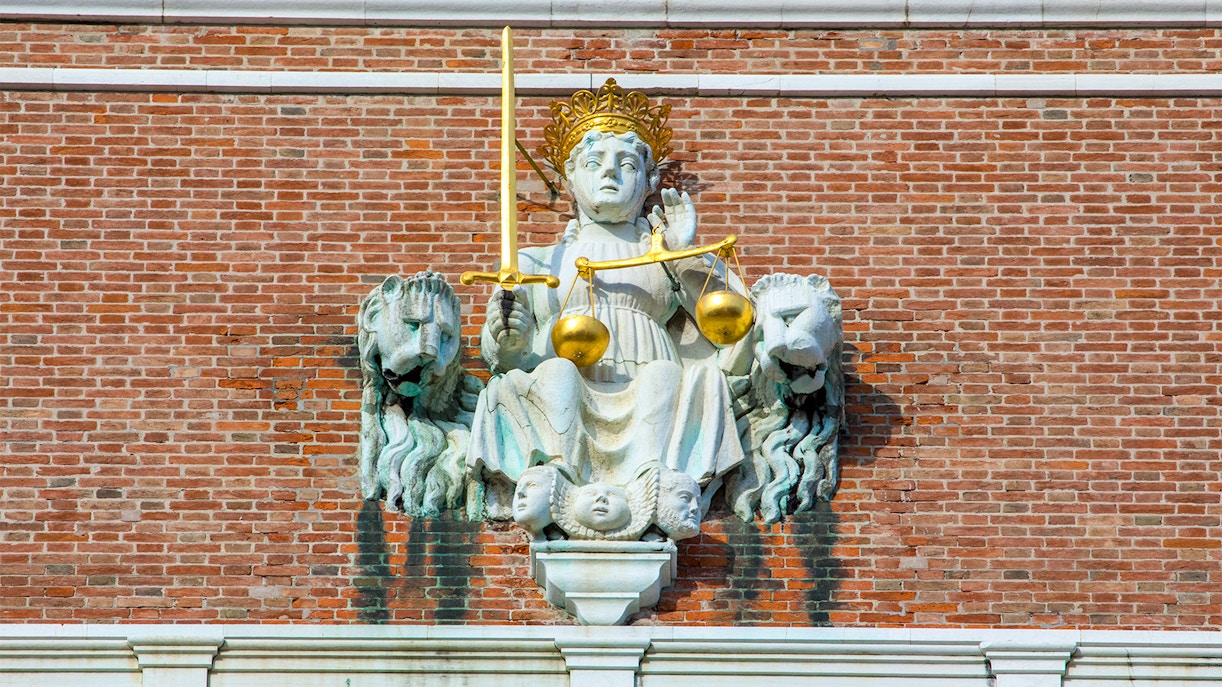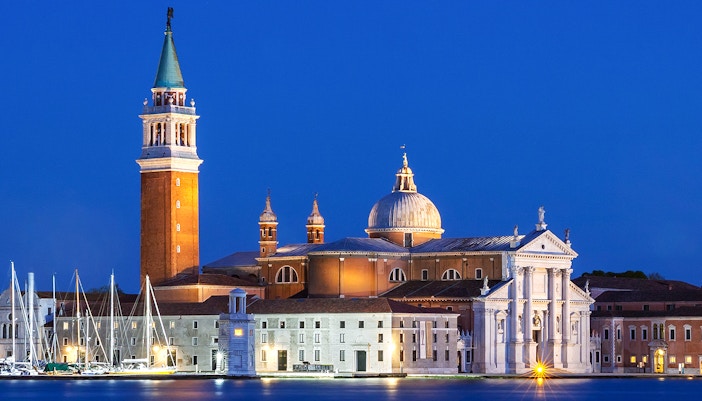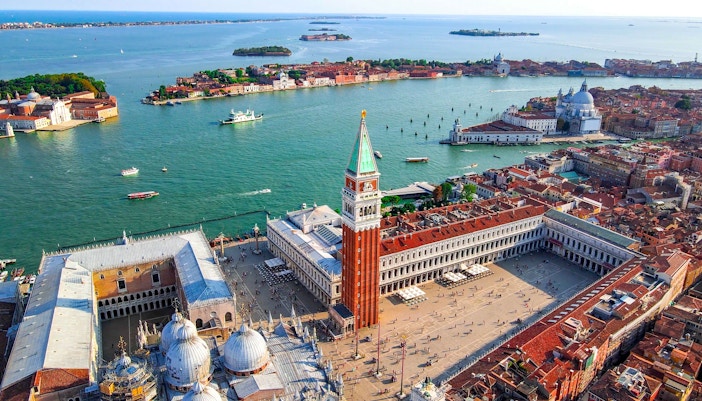Er zijn veel redenen om de Campanile Toren van San Marco te bezoeken. Hier zijn een paar van de belangrijkste redenen:
- Geniet van het ongeëvenaarde uitzicht op Venetië: Als hoogste bouwwerk van Venetië biedt de campanile een ongeëvenaard uitzicht van 360 graden over de stad. Je kunt het San Marcoplein, het Dogepaleis, het Canal Grande, de Lagune van Venetië en op een heldere dag zelfs de Alpen in de verte zien. Shutterbugs zullen genieten van de kans om de stad in een heel nieuw licht vast te leggen.
- Beleef een stukje Venetiaanse geschiedenis: De campanile is al eeuwenlang een prominent onderdeel van de Venetiaanse skyline. Het werd oorspronkelijk in de 9e eeuw gebouwd als uitkijktoren en is in de loop der jaren verschillende keren herbouwd. Het beklimmen van de campanile is een geweldige manier om meer te leren over de geschiedenis van Venetië en de stad vanuit een uniek perspectief te bekijken.
- Hoor de klokken van San Marco: In de campanile hangen vijf klokken die ooit een belangrijke rol speelden in het Venetiaanse leven. De klokken werden gebruikt om de tijd aan te geven, mensen naar de kerk te roepen en belangrijke gebeurtenissen aan te geven. Vandaag de dag worden de klokken nog steeds geluid bij speciale gelegenheden.
- Wees onder de indruk van de gemengde architectuur: Het ontwerp van de klokkentoren is zeldzaam en opvallend, met een kenmerkende mix van Byzantijnse, Gotische en Renaissance bouwstijlen. De elegante structuur en ingewikkelde details laten het vakmanschap zien van de ambachtslieden die hebben bijgedragen aan de bouw en restauratie.

